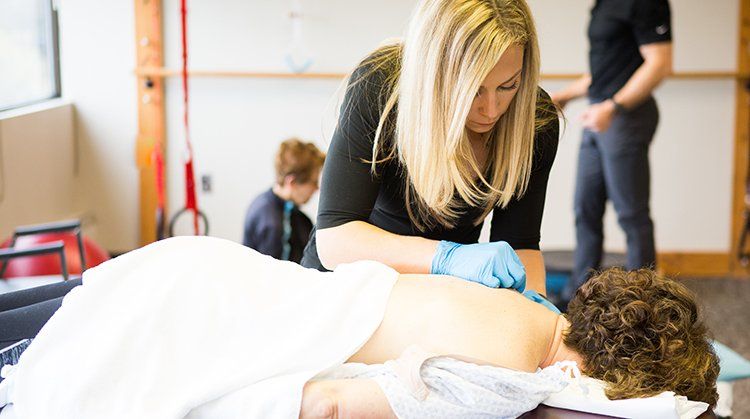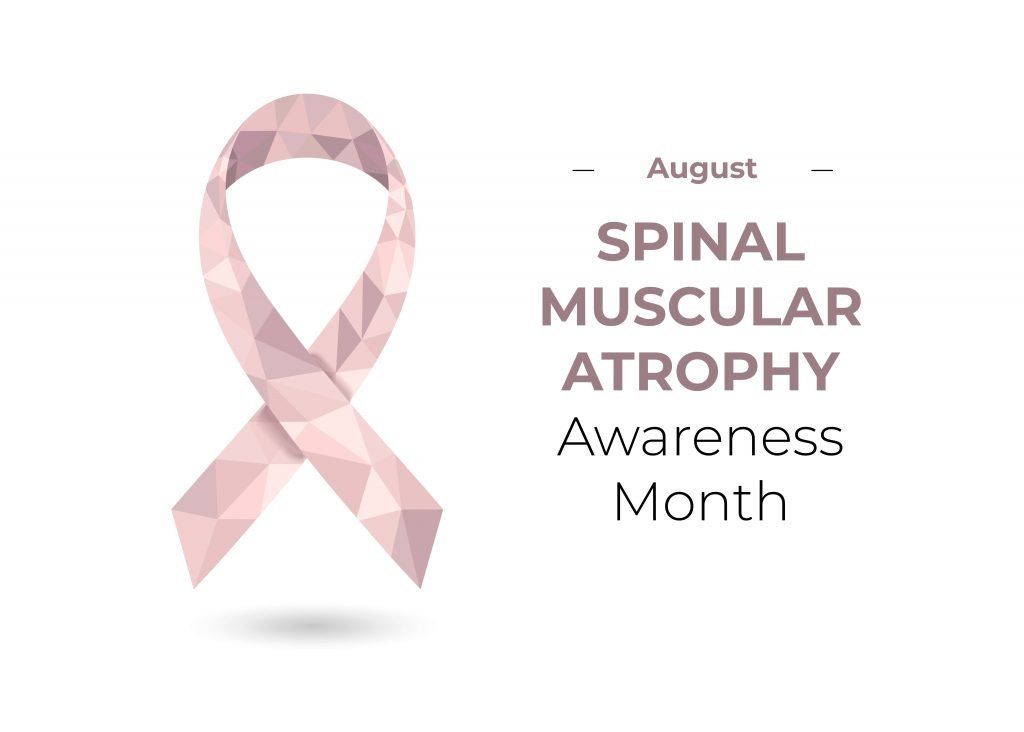Physical Therapist's Guide to Plica Syndrome
Plica syndrome is an irritation of a small portion of tissue in the knee joint that is part of the joint capsule (synovial membrane). The synovial membrane produces fluid that helps to keep the knee joint lubricated. When this tissue on the inside of the kneecap becomes irritated, it results in knee pain and tenderness to touch. Often the result of overuse, plica syndrome also may result from a direct-hit injury. Plica syndrome is most often treated with physical therapy to improve mobility and strengthening at the knee to decrease tension and irritation.
What is Plica Syndrome?
Plica syndrome is an irritation of a portion of the synovial membrane in the knee. The synovial membrane encloses the knee joint and contains the fluid that keeps the joint lubricated. Plica syndrome results when the synovial lining becomes irritated, typically the result of repetitive friction to the tissue, or in some cases a direct hit to the knee that traumatizes the tissue. As a result, this tissue will become thick and painful. Repetitive friction is due to abnormal forces at the knee, most likely in the kneecap and surrounding musculature, or may be caused by muscular weaknesses or structural abnormalities at the hip or foot, which place increased tension on the knee. Plica syndrome also can be caused or made worse by increased activities.
Plica syndrome may result from a combination of several different factors, including:
- Decreased mobility of the kneecap
- Quadricep (front of the thigh) muscle or hip muscle tightness
- Muscular imbalances in the quadricep, hamstring (back of the thigh), or hip muscles
- Improper technique with repetitive activities
- Change in an exercise routine or sport activity
- Abnormal hip or knee structure
- Abnormal hip or knee mechanics
- Injury
How Does it Feel?
People with plica syndrome may experience:
- Pain and tenderness to touch in the front of the knee, and on the inside of the kneecap
- A "catching" or "snapping" sensation when bending the knee
- Dull knee pain at rest, which increases with activity
- Tightness in the knee
How Is It Diagnosed?
Your physical therapist will review your medical history and complete a thorough examination of your knee. The goals of the initial examination are to assess the degree of the injury and determine the cause and contributing factors to your injury. Your physical therapist will assess the mobility and strength of both lower extremities, including your foot and ankle as well as your knee and hip. Most often your physical therapist will be able to feel a thickened piece of irritated tissue on your knee.
It is also common for your physical therapist to perform a movement assessment, which may include watching you walk, step onto a stair, squat, or balance on one leg.
Your physical therapist also may ask questions about your daily activities, exercise regimens, and footwear to identify other contributing factors.
Imaging techniques, such as X-ray or MRI, are often not initially obtained. In the case of persistent pain, your physician may decide to obtain an MRI to help identify the source of your pain.
Whether your pain was caused by a single injury or repetitive irritation, your initial examination as well as treatment will be similar. Initially, the primary goals are to calm down the inflamed tissue. Your physical therapist will then address any underlying issues that may cause continued tissue irritation.
You and your physical therapist will work together to develop a plan to achieve your specific goals. To do so, your therapist will select treatment strategies in any or all of the following areas:
- Pain. Many pain-relief strategies may be implemented, such as applying ice to the area or using therapies like iontophoresis (a medicated patch placed on the skin that is electrically charged and used to decrease pain and inflammation). Your physical therapist will work with you to reduce your pain as much as possible without the use of pain medication, including opioids.
- Range of motion. Your knee, hip, or foot may be moving improperly, causing increased strain at the front of the knee. Self-stretching and manual therapy techniques (massage and movement) applied to the lower body to help restore and normalize motion in the knee, hip, and foot can decrease this tension.
- Manual therapy. Your physical therapist may apply hands-on treatments to move your muscles and joints in order to improve their motion and strength, most likely in your knee and hip. These techniques often address areas that are difficult to treat on your own.
- Muscle strength. Muscular weaknesses or imbalances can result in abnormal forces being applied to the front of the knee. Based on your specific condition, your physical therapist will design a safe, individualized, progressive resistance program for you, likely including your core (midsection) and lower extremities, and concentrating on the muscles surrounding the hip and knee. These exercises may be completed in different positions such as lying down, sitting, or standing. Your physical therapist will choose what exercises are right for you, based on your age and physical condition.
- Functional training. Once your pain, strength, and motion improve, you will need to safely transition back into more demanding activities. To minimize the tension on the knee and your risk of repeated injury, it is important to teach your body safe, controlled movements. Based on your goals and movement assessment, your physical therapist will create a series of activities that will help you learn how to use and move your body correctly to safely perform the tasks required to achieve your goals.
- Education. Your physical therapist will work with you to identify and change any external factors causing your pain, such as exercise selection, the amount of exercise you do, or your footwear. Your physical therapist will assess your current condition and lifestyle, recommend improvements, and develop a personal exercise program to help ensure a pain-free return to your desired activities.
Physical therapy promotes recovery from plica syndrome by addressing all contributing factors, such as pain and any lack of strength, flexibility, or body control. Your physical therapist also may recommend a period of relative rest, then carefully guide your progression back to normal activity levels.
When Surgery Is Required
If your plica syndrome pain does not improve following several weeks of physical therapy, arthroscopic surgery may be required. Your surgeon will make small incisions in the front of the knee and remove the irritated tissue. Following surgery, your initial rehabilitation will focus on decreasing pain and restoring mobility and strength. Your physical therapist will then address specific factors that caused your plica to become irritated, in order to minimize the risk of further injury. As you progress, your physical therapist will help you systematically reintroduce activities, including stair climbing, squatting, and desired recreational
Can this Injury or Condition be Prevented?
Maintaining appropriate lower-extremity (leg, ankle, foot) mobility and muscular strength, and paying particular attention to your exercise routine—especially changes in an exercise activity and the volume of exercises performed—are the best methods for preventing plica syndrome. Some patients with abnormalities in knee structure, however, may be more susceptible to developing plica syndrome.
If you are experiencing plica syndrome, your physical therapist will help guide you through a rehabilitative process based on your unique condition that will progressively reintegrate more demanding activities into your routine without overstraining your knee. Keep in mind that returning to activities too quickly often leads to persistent pain, and makes the condition more difficult to fix. Once you have completed your rehabilitation, your newfound strength, flexibility, and knowledge may help you prevent the syndrome from recurring.
MoveForwardPT.com, the official consumer Website of the American Physical Therapy Association,© 2017










